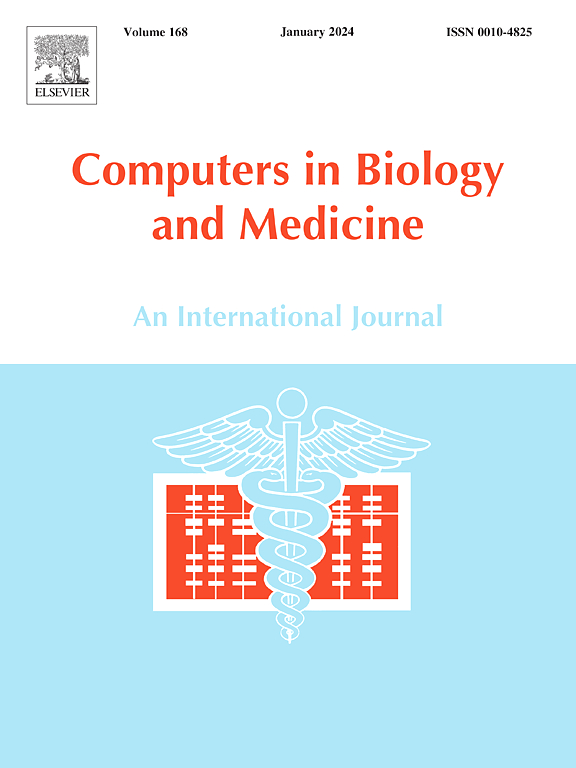一种无创血糖监测系统
IF 6.3
2区 医学
Q1 BIOLOGY
引用次数: 0
摘要
糖尿病是一种慢性常见病,需要定期监测血糖水平。通常测量血糖的方法包括用手指刺痛来采集血液样本,如果手指没有消毒,这种方法可能会很痛苦或造成健康风险。研究人员对开发无痛测量血糖水平的方法很感兴趣。红外技术通过外部传感器分析血糖水平,在无痛测量血糖水平方面取得了可喜的成果。因此,研究人员最近转而使用红外传感器来测量血糖水平。这是由于这些传感设备提供了有希望的结果,然而,仍然需要进一步改进以提高其预测结果,以取代目前的数字点径计。本文介绍了一种利用近红外技术以无创方式测量血糖水平的系统。利用波长为940 nm的红外发射二极管作为发射器,利用光电探测器(BPW41N-ND)测量通过食指指尖的红外变化作为辐射的受体。该传感器通过建立回归方程来分析收集到的数据,从而测量血糖。因此,为男性选择了一个量身定制的方程,为女性选择了另一个模型。对于男性,准确率为81.25%,而女性为82.6%,所有人为74.28%。而男性和女性的准确率分别为92.5%和94.1%,所有数据的准确率为91.07%。该设备设计简单紧凑,可用于糖尿病患者自我监测血糖(SMBG),并在OLDE屏幕上简单清晰地显示结果。本文章由计算机程序翻译,如有差异,请以英文原文为准。
A non-invasive blood glucose monitoring system
Diabetes is a chronic and common disease that requires regular monitoring of blood sugar levels. The usual way to measure blood sugar includes finger tingling to take a blood sample and this method can be painful or cause a health risk if the finger is not sterilized. Researchers were interested in developing painless methods to measure blood sugar levels. Infrared technology has shown promising results in painlessly measuring blood sugar levels by analyzing the sugar level through external sensors. Thus, the researchers have recently shifted to employ infrared sensors to measure blood sugar levels. This is due to these sensing devices offering promising results, however, further improvement to enhance their prediction outcomes is still demanded to replace the current figure prick gauges. This paper presents a system designed to measure blood sugar levels in a non-invasive manner through near-infrared technology. An infrared-emitting diode with a wavelength of 940 nm was used as a transmitter and a photodetector (BPW41N-ND) as a receptor of radiation by measuring infrared changes after passing through the tip of the index finger. The sensor measures blood sugar by developing a regression equation to analyze the collected data. Hence, a tailored equation was selected for Males and another model for Females. For males, an accuracy of 81.25 % was achieved, whereas 82.6 % was realized for females and 74.28 % for all. While the precision of 92.5 % and 94.1 % of males and females, and for all data, 91.07 %, was achieved. The device is designed to be simple and compact to be utilized by diabetic patients as self-monitoring blood glucose (SMBG) and display the results on an OLDE screen simply and clearly.
求助全文
通过发布文献求助,成功后即可免费获取论文全文。
去求助
来源期刊

Computers in biology and medicine
工程技术-工程:生物医学
CiteScore
11.70
自引率
10.40%
发文量
1086
审稿时长
74 days
期刊介绍:
Computers in Biology and Medicine is an international forum for sharing groundbreaking advancements in the use of computers in bioscience and medicine. This journal serves as a medium for communicating essential research, instruction, ideas, and information regarding the rapidly evolving field of computer applications in these domains. By encouraging the exchange of knowledge, we aim to facilitate progress and innovation in the utilization of computers in biology and medicine.
 求助内容:
求助内容: 应助结果提醒方式:
应助结果提醒方式:


